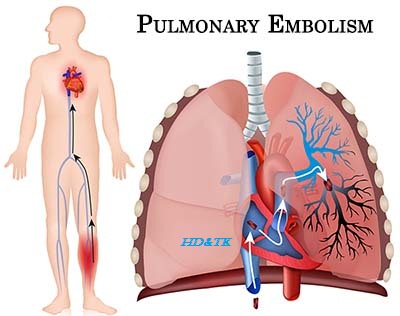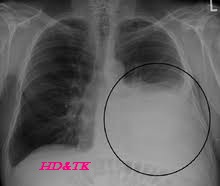Diabetes Insipidus
Diabetes
insipidus (DI) is a rare disorder that can occur as a consequence of
histiocytosis involving the pituitary gland.
It should not be confused with the more common diabetes mellitus, also
known as sugar diabetes, which results from too much sugar in the blood. Although both disorders have similar
symptoms, in every other way including the cause and treatment, they are
completely unrelated diseases. The rate of occurrence for DI is not known,
because there has been no organized method to count the number of patients.
Diabetes insipidus is a result of damage to the
pituitary gland, a small gland at the base of the brain which stores and
releases a hormone called ADH (antidiuretic hormone), also known as
vasopressin. This hormone normally
causes the kidney to control the amount of water released as urine from the
body. When the pituitary is damaged, the
kidneys lose too much water (increased urination), which then leads to
increased thirst.
The
connection between histiocytosis and diabetes insipidus was first reported in
the late 1800s. Since then, DI has been
recognized as a characteristic feature of LCH.
It is known to also occur in other histiocytic disorders, such as Rosai
Dorfman and JXG.
It is believed that approximately between 5% and 50%
of LCH patients develop DI depending on the extent of disease. The risk of developing DI in patients with
multisystem LCH is 4 to 6 times more than those with single-system disease. Patients with skull, facial, and/or eye bone
lesions are at much higher risk of developing DI. This risk is increased further if LCH remains
active for a longer period or if it recurs.
Diabetes insipidus is recognized by a great increase
in the amount of urine passed (often several gallons per day) and an increased
thirst. Any patient with known LCH with an increase in drinking habits or
passing large amounts of urine should be tested for DI.
Diabetes insipidus is diagnosed with a water
deprivation test, which measures changes in body weight, blood values, urine
output, and urine composition when fluids are withheld over a several-hour
period. It is very important that this
test be supervised by a knowledgeable physician in a medical setting. An x-ray test called an MRI scan is sometimes
performed to see if there is change in the brain and pituitary area, but this
test alone cannot diagnose DI.
Diabetes insipidus is usually a permanent, lifelong
condition and cannot be cured. However,
the symptoms of constant thirst and urination can be well controlled with
treatment with DDAVP, a synthetic kind of vasopressin, and normal, symptom-free
quality of life can be restored.




Comments
Post a Comment